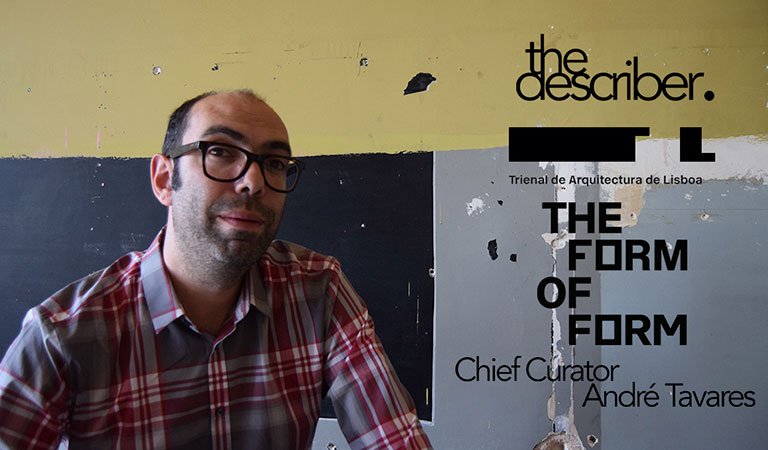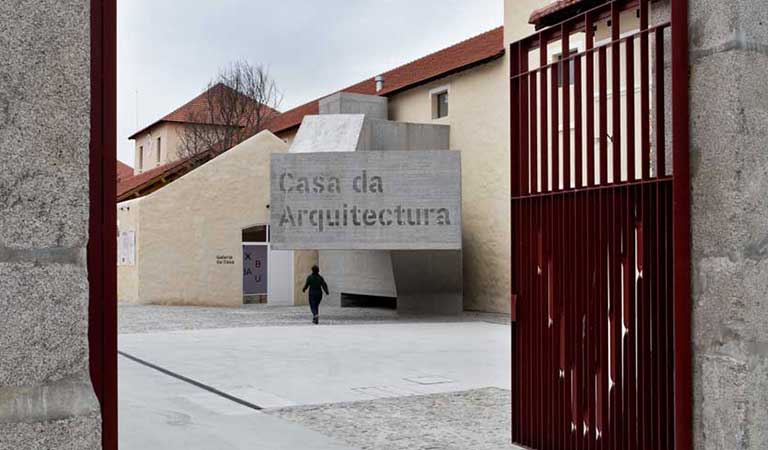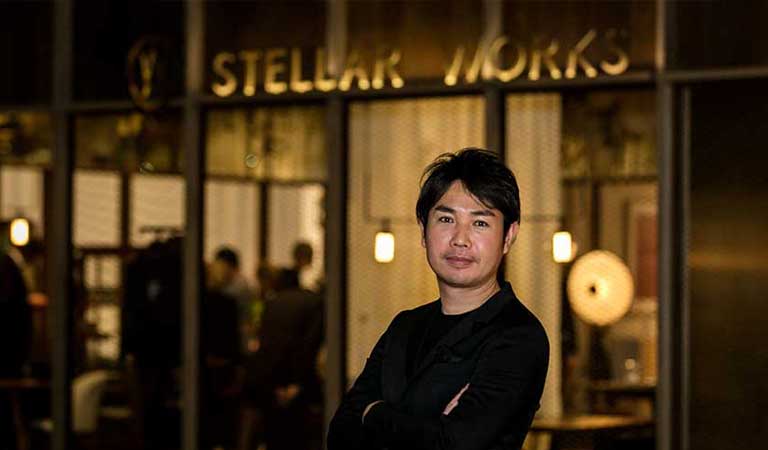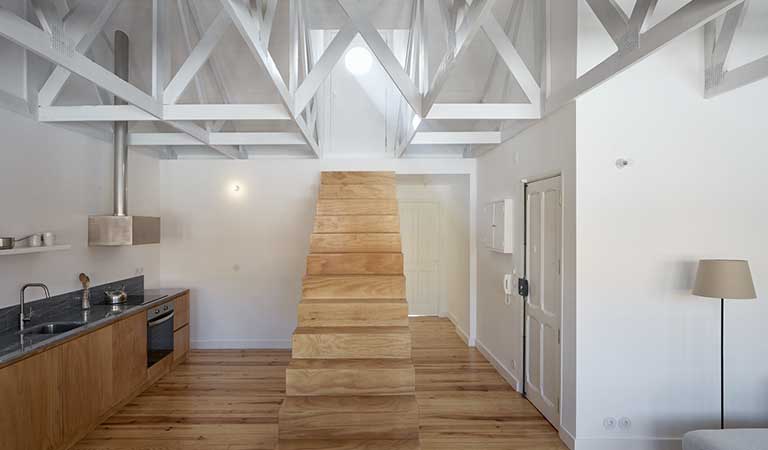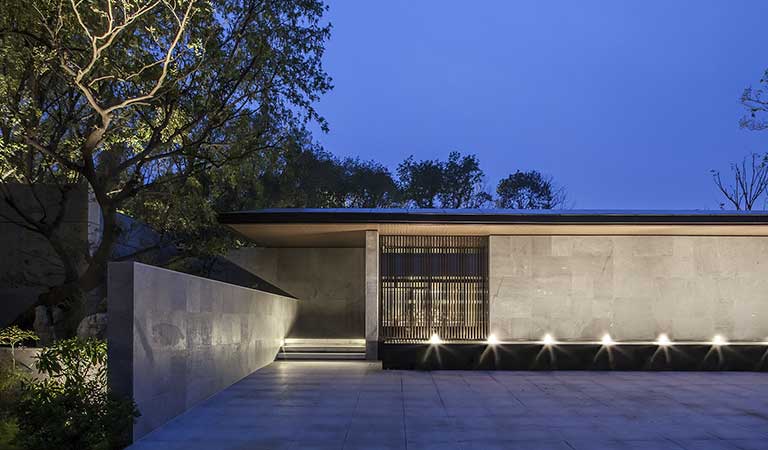Opening our coverage of the Lisbon Architecture Triennale, we met with its president Architect José Mateus, for a glimpse of what to expect on the 2016 Edition.
Going through the themes of previous editions, the architect frames and describes the thinking behind this year’s edition and its importance raising awareness for the contemporary subjects defining the way architecture is perceived.
A abrir a nossa cobertura da Trienal de Arquitectura de Lisboa entrevistamos o seu presidente, o arquiteto José Mateus, para ter uma ideia do que esperar desta edição de 2016.
Cobrindo os temas das edições anteriores, o arquitecto enquadra e descreve o pensamento por trás da edição deste ano, e a sua importância na sensibilização para os temas contemporâneos que definem a forma como a arquitetura é entendida.
— Interview —
Usually we choose topics that are subject to a certain urgency or whose relevance is very clear to the Portuguese but also international audience.
For the first Triennale it was very obvious because we chose The urban voids at a time when Lisbon had a number of industrial areas, ports, the Parque Mayer, the Feira Popular, etc, that were being disabled and were the target of interest for a number of real estate investors.
So there was a lot of pressure on a series of urban spaces, which were strategic, and being totally transformed could completely transform the city. And so we thought it was important and urgent to establish a discussion about the potential of these places.
In the second edition we chose Let’s talk about houses because in fact the house is the founding piece of the architectural idea, the shelter, etc. It’s something that every Portuguese, every citizen, every non-specialized person understands and relates quite well with a reflection about the house.
Normalmente tentamos que os temas que escolhemos sejam temas ou de uma certa urgência ou cuja pertinência é muito clara para a audiência portuguesa mas também internacional.
No caso da primeira trienal foi muito óbvio porque escolhemos os vazios urbanos num momento em que em Lisboa havia uma série de áreas industriais, portuárias, o parque mayer, a feira popular, etc, que estavam a ser desactivadas e eram alvo do interesse de uma série de investidores imobiliários.
Portanto havia uma grande pressão sobre uma série de espaços urbanos, que eram estratégicos, e que ao ser transformados na sua totalidade poderiam transformar profundamente a cidade. E portanto achámos que era importantíssimo e urgente estabelecer uma discussão sobre o potencial desses lugares.
Na segunda edição escolhemos o Falemos de casas porque na verdade a casa é digamos, a peça fundadora da ideia de arquitectura, o abrigo, etc. É algo que todo o português, todo o cidadão, qualquer pessoa não especializada entende e relaciona-se muito bem com uma reflexão sobre a casa.
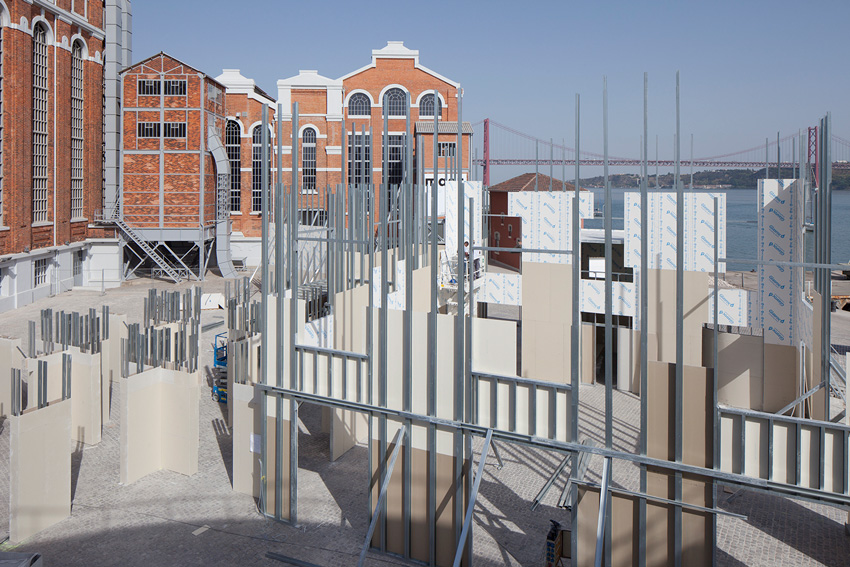
The Form of Form Exhibit @ Tiago Casanova
In this edition of the triennial, before we choose the theme we chose the curators. Which has been a principle, the choice of the theme must be closed with the choice of the curators and with the curators themselves.
For this edition of the Triennale, we choose for the first time two curators, André Tavares and Diogo Seixas Lopes, that worked together at the Architect's Journal. And they are two architects from whom we had a clear idea of their careers, that between the two is very complementary, and it seemed to us that they could together think of this Triennale edition with a solid approach in terms of treatment and in terms of scheme, but also solid in the critical sense.
No caso desta edição da trienal, nós antes de escolhermos o tema escolhemos os curadores. Que de resto tem sido um principio, a escolha do tema deve ser fechado com a escolha dos curadores e com os curadores.
Nós para esta edição escolhemos pela primeira vez uma parelha de curadores, o André Tavares e o Diogo Seixas Lopes, que trabalhavam juntos na redação do jornal Arquitectos. E são dois arquitectos de quem nós tínhamos uma ideia muito clara da sua carreira, que entre os dois é muito complementar, e pareceu-nos que poderiam pensar em conjunto uma edição da trienal com uma solidez em termos de tratamento e em termos de esquematização, mas também uma solidez no sentido critico.
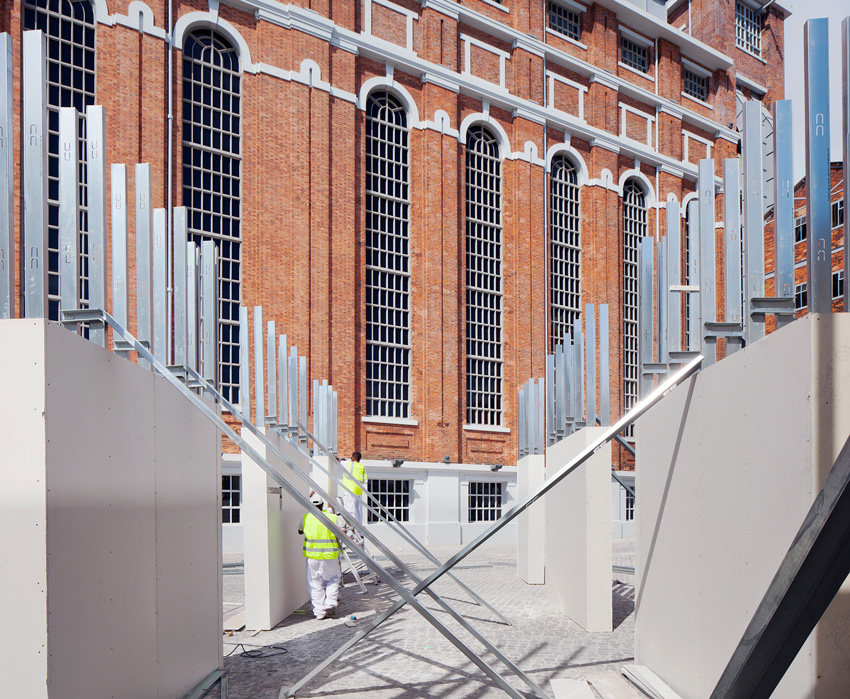
The Form of Form Exhibit @ Tiago Casanova
The theme they choose, or the title, which is the form of the form, and although I may have a different and particular opinion about how I regard this theme, seemed extremely relevant. We live in a time, an internet era in which the speed of image and information propagation is absolutely stunning, and what we now receive over the internet and that seems very current, tomorrow is no longer present, and the day after tomorrow is already a thing of the past.
And so what we are witnessing is a growing inability of people and architects to cope with this amount of information to the point of understanding this information. To the point of even in the universities and among architecture students, to realize what a certain formal approach to a building really means, what’s the meaning or reason behind the formalization of a given architecture.
O tema escolhido por eles, ou o título, que é a forma da forma, no fundo embora eu possa ter uma opinião diferente e particular sobre como é que encaro esse título, pareceu-me completamente pertinente. Nós vivemos num tempo, nomeadamente o da internet em que a velocidade de propagação das imagens e da informação é absolutamente estonteante, e aquilo que hoje recebemos através da internet e que nos parece muito actual amanhã já não é actual, e depois de amanhã ja é uma coisa do passado.
E portanto aquilo a que assistimos é uma incapacidade crescente das pessoas e dos arquitetos de lidarem com esse manancial de informação, ao ponto de entenderem essa informação, ao ponto de mesmo nas universidades e entre os estudantes de arquitectura, de perceberem o que é que quer dizer uma determinada abordagem formal num edifício, qual o significado ou a razão por detrás da formalização de uma determinada arquitetura.
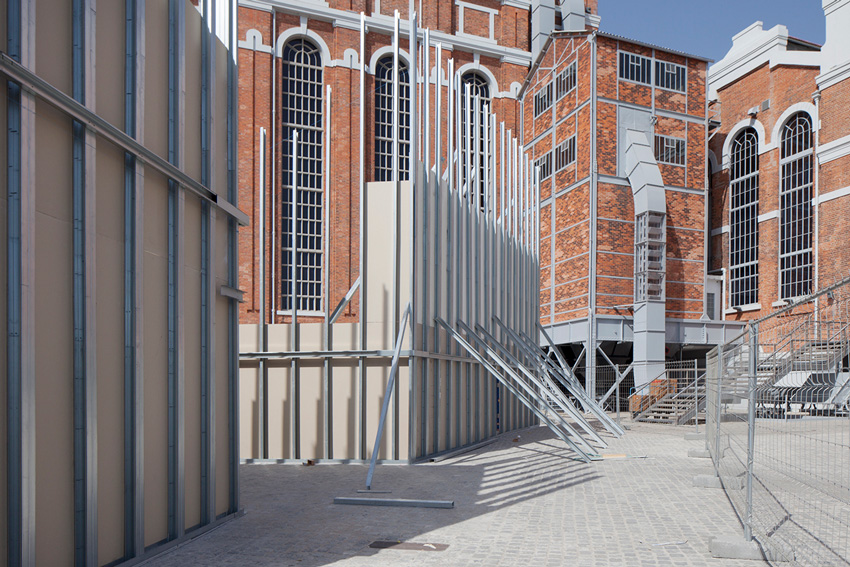
The Form of Form Exhibit @ Tiago Casanova
As so this theme connects to a very current thing, to what extent can we deal with this new reality?
To what extent does the form of architecture, that often seems almost absent of meaning and reasons, to what extent is that really the reality?
No, things materialize but after a process of choices and decisions and progressive design, until it stabilizes in a particular expression.
Deep down I think is extremely urgent that people get to realize the reasons behind this formalization of architecture. And so I think that in very complementary ways by the multiple exhibits of the Triennale and also through a series of other forms of thinking, we will have it in this edition of the Triennale.
E portanto este tema vem entroncar numa coisa muito actual, até que ponto é que nós conseguimos lidar com esta nova realidade?
Até que ponto é que a forma da arquitectura que parece muitas vezes já quase destituída de significado e de razões, até que ponto é que a realidade é mesmo essa?
Não, as coisas materializam-se mas depois de um processo de escolhas e de decisões e de desenho progressivo até se estabilizarem numa determinada expressão.
No fundo o que eu acho extremamente urgente é as pessoas conseguirem perceber as razões que estão por detrás dessa formalização da arquitetura. E portanto acho que de maneiras muito complementares nas várias exposições da trienal e também seguindo uma série de outros caminhos de reflexão, vamos ter isso nesta edição da trienal.
